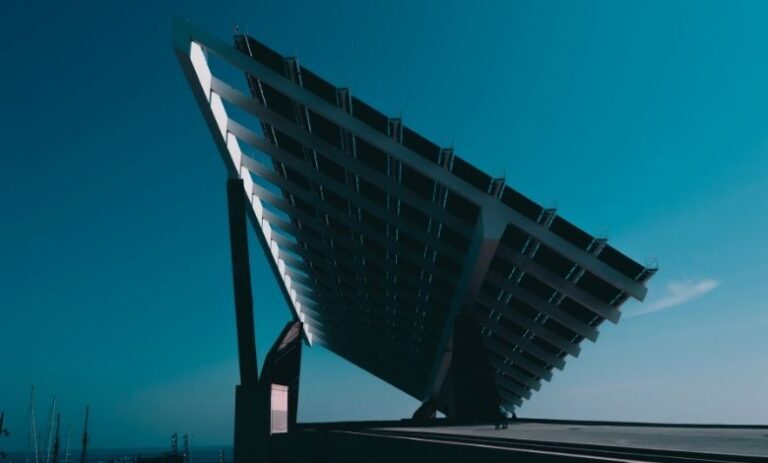Solea Dental Laser is a cutting-edge technology that has revolutionized the way dental procedures are performed. It is an advanced tool that uses laser energy to perform various dental treatments with unparalleled precision and efficiency. This innovative technology has transformed the patient experience, making it less painful, faster, and more comfortable.
The Solea Dental Laser was first introduced in 2013 by Convergent Dental Inc., and since then, it has been widely adopted by dentists all over the world. The laser was designed specifically for use in dentistry and is approved by the FDA for both hard tissue (teeth) and soft tissue (gums) procedures.
The laser generates a beam of concentrated light energy that is used to remove or shape tissues in the mouth. Unlike traditional dental drills, which use physical force to cut through teeth or gums, the laser cuts through tissues using heat generated from light energy. This makes it gentle on the tissues, resulting in minimal discomfort during treatment.
The History and Development of Dental Lasers
The use of lasers in dentistry is a relatively new development, with the first dental laser being introduced in 1989. However, the concept of using light energy for medical purposes can be traced back to ancient times. The ancient Greeks and Romans used sunlight to cauterize wounds, while in the 1960s, scientists began exploring the potential of using lasers for medical procedures.
In the late 1980s, Dr. Raymond J. Fonseca developed the first dental laser known as the E1 diode laser. This laser was mainly used for soft tissue procedures such as gingivectomies and frenectomies. It was also used for periodontal treatments and tooth whitening.
However, it wasn’t until the mid-1990s that dental lasers gained more popularity with the introduction of erbium lasers. These lasers were more versatile and could be used on both hard and soft tissues in dentistry. They were particularly useful for treating cavities as they could precisely target and remove decay without damaging healthy tooth structure.
Over time, advancements in technology led to the development of different types of dental lasers such as carbon dioxide (CO2) lasers, neodymium-doped yttrium aluminum garnet (Nd:YAG) lasers, and erbium chromium-doped yttrium scandium gallium garnet (Er,Cr:YSGG) lasers. Each type has its own unique properties and uses in dentistry.
In recent years, one particular type of dental laser has been making waves in the industry – Solea Dental Laser by Convergent Dental Inc. Solea is a CO2 laser that utilizes patented technology to deliver unparalleled precision and speed when performing various dental procedures.
Understanding the Fear and Anxiety Associated with Traditional Dental Procedures
Anxiety and fear can accompany visits to the dentist for many people. This fear can stem from a variety of reasons, such as previous negative experiences, a fear of needles or drills, or simply the anticipation of pain and discomfort. Whatever the cause may be, this fear can often lead to patients avoiding necessary dental procedures, which can have negative consequences on their oral health.
Traditional dental procedures typically involve the use of needles for anesthesia and drills for removing decayed or damaged teeth. These tools are essential in providing effective treatment but can also be intimidating and uncomfortable for patients. The sound of the drill alone is enough to make some people cringe.
Additionally, many individuals associate visits to the dentist with pain and discomfort due to prior painful experiences or horror stories they have heard from others. As a result, they may avoid seeking dental care until their condition becomes severe, requiring more invasive treatments that could have been prevented with earlier intervention.
The fear and anxiety associated with traditional dental procedures can also be heightened by other factors such as the sterile environment of a dental office, unfamiliarity with equipment and instruments used during treatment, and even feelings of vulnerability while lying in a reclined position with one’s mouth open.
These fears are entirely valid and should not be dismissed. The physical symptoms associated with dental phobia include increased heart rate or blood pressure, sweating, difficulty breathing, dizziness, nausea – all signs that your body is experiencing significant stress.
How Solea Laser Technology is Changing the Game
Solea Laser Technology is revolutionizing the dental industry with its innovative and advanced approach to traditional procedures. This cutting-edge technology is changing the game for both patients and dentists, providing a more comfortable and efficient experience for all.
One of the most significant ways Solea Laser Technology is transforming the patient experience is by eliminating the need for anesthesia in most procedures. The laser uses photon-induced photoacoustic streaming (PIPS) technology, which gently removes tissue without causing pain or discomfort. This means that patients can now undergo various treatments without worrying about injections or numbing agents, making their visit to the dentist significantly less intimidating.
Moreover, Solea Laser allows for faster treatment times as it operates at a higher frequency than traditional tools. This speed not only reduces appointment lengths but also minimizes tissue trauma and promotes quicker healing times. Patients no longer have to endure long periods of discomfort during procedures, allowing them to get back to their normal routine sooner.
The precision of this technology also sets it apart from other methods commonly used in dentistry. The laser’s pinpoint accuracy allows dentists to target specific areas without affecting surrounding healthy tissues. As a result, there is minimal bleeding and swelling during and after procedures, reducing post-operative pain and discomfort for patients.







